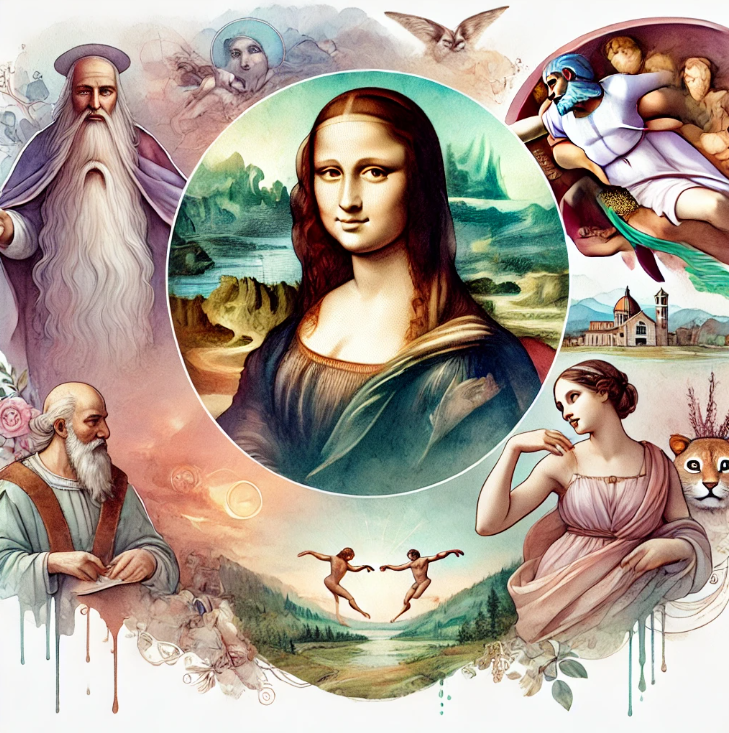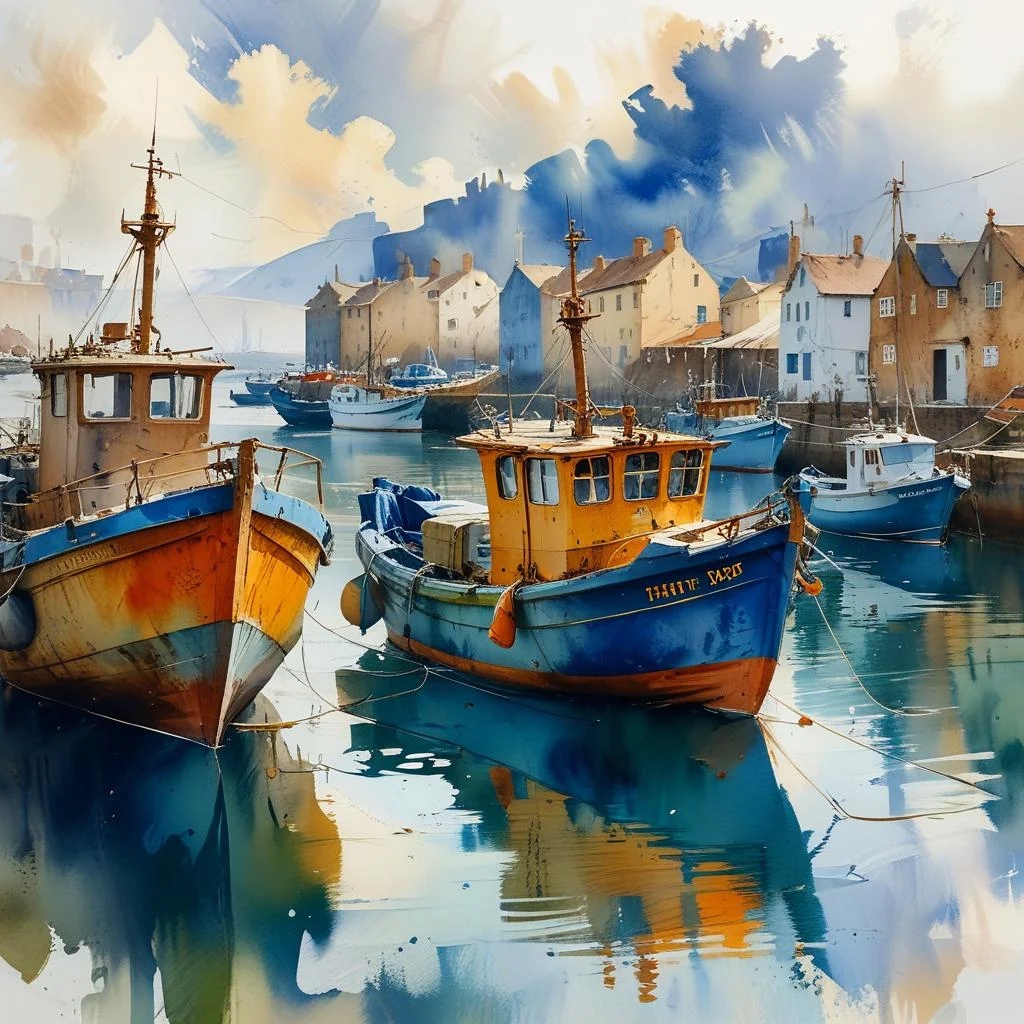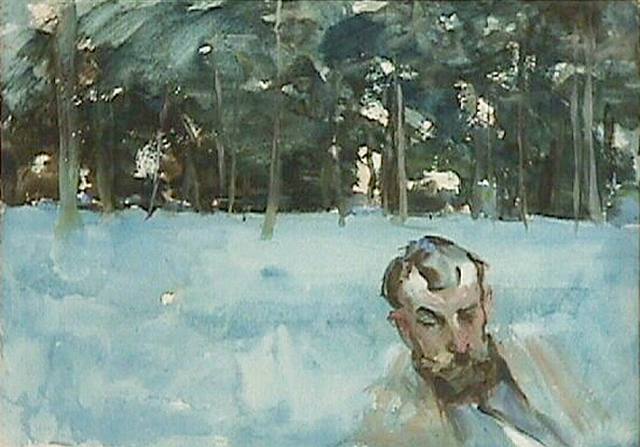Ever wondered why Leonardo da Vinci is considered one of the greatest artists ever? This talented Renaissance master wasn’t just an amazing painter – he was also a brilliant scientist, inventor, and engineer who lived from 1452 to 1519. What makes Leonardo really special is how he combined his love for art and science to create some of the most famous paintings in history.
Let’s dive into the fascinating world of Leonardo da Vinci’s masterpieces and discover what makes them so incredible!
The Mona Lisa: The World’s Most Famous Smile

You’ve probably seen the Mona Lisa before – it’s that mysterious woman with the famous smile that appears everywhere from textbooks to memes. But what’s the big deal about this painting?
Created between 1503 and 1506, the Mona Lisa hangs in the Louvre Museum in Paris, where millions of people visit each year just to catch a glimpse of her. The woman in the painting is believed to be Lisa Gherardini, the wife of a merchant named Francesco del Giocondo (that’s why Italians call the painting “La Gioconda”).
What makes this painting super special is how Leonardo made it look so lifelike. He used a cool technique called sfumato, which is like creating a smoky effect where colors blend into each other super smoothly. This is why the Mona Lisa’s smile seems to change depending on how you look at it – sometimes she appears happy, sometimes mysterious, and sometimes even a bit sad!
The Last Supper: A Dinner Party That Made History

Imagine painting something so amazing that people would still be talking about it 500 years later. That’s exactly what Leonardo did with The Last Supper, which he painted on a wall in Milan, Italy, between 1495 and 1498.
This huge painting shows Jesus having his final meal with his disciples, right after he tells them that one of them will betray him. What’s really cool about this painting is how Leonardo captured everyone’s different reactions to this shocking news. Some look surprised, others angry, and some are talking to each other trying to figure out what’s going on.
Unfortunately, Leonardo tried experimenting with a new painting technique that didn’t work out so well. Instead of using the usual method of painting on wet plaster, he painted on dry plaster, which caused the paint to start flaking off over time. Even though it’s been restored many times, it’s still not in great shape – but that hasn’t stopped it from being one of the most famous paintings ever!
The Vitruvian Man: Where Art Meets Math

Even though it’s just a drawing, the Vitruvian Man is one of Leonardo’s most recognizable works. It shows a man with his arms and legs spread out, fitting perfectly inside both a circle and a square. This isn’t just any random doodle – it’s Leonardo showing how the human body follows mathematical rules and proportions.
Think of it as Leonardo’s way of proving that art and science go hand in hand. This drawing has become so famous that you’ve probably seen it on everything from T-shirts to movie posters!
Lady with an Ermine: A Renaissance Portrait with a Twist

This painting shows Cecilia Gallerani, who was the girlfriend of Leonardo’s boss, the Duke of Milan. What makes this portrait super interesting is the white ermine (a type of weasel) that she’s holding. Back in Renaissance times, ermines were seen as symbols of purity, and Leonardo painted this one with amazing detail – you can almost feel how soft its fur must be!
Early Works and Unfinished Mysteries
Leonardo also created some amazing works early in his career, like the Annunciation, which he painted while he was still learning from his teacher, Andrea del Verrocchio. Even in this early painting, you can see his incredible attention to detail and his talent for making things look real.
One of his most interesting works is actually unfinished – The Adoration of the Magi. Even though he never completed it, this painting gives us a fascinating peek into how Leonardo planned and created his masterpieces.
Leonardo’s Unique Painting Style: What Made Him Special
Ever wondered what makes a Leonardo painting stand out from all the other Renaissance artworks? Let’s break down the special techniques that made his style so unique:
Sfumato: The Smoky Effect
Remember how we talked about the Mona Lisa’s mysterious smile? That’s thanks to Leonardo’s famous sfumato technique. Think of it like a smoky effect where colors and lines blend into each other super smoothly – kind of like how the sky looks during sunset when all the colors melt together. Leonardo was the master of this technique, using it to make faces look incredibly lifelike and mysterious.
Light and Shadow Magic
Leonardo was obsessed with getting shadows just right. He would spend hours studying how light falls on different objects and faces. It’s like he was the first movie lighting director, but for paintings! This careful attention to light and shadow (which artists call “chiaroscuro”) is why his paintings look almost three-dimensional.
Nature’s Influence
Here’s something cool: Leonardo was basically the first environmental artist! He loved studying plants, rocks, and water, and would fill notebooks with detailed sketches of leaves and flowing water. You can see this in his paintings’ backgrounds, which often feature realistic landscapes with winding paths, distant mountains, and perfectly detailed plants.
The Science of Art
What made Leonardo really different was how he mixed science with art. Before painting a hand, he would study real human hands and even dissect them to understand how the muscles and bones worked. Gross? Maybe. But this is why his paintings look so realistic! He treated painting like a science experiment, always trying to understand the “why” behind how things looked.
Colors and Textures
Leonardo was super picky about his colors and how he layered them. He would build up lots of thin layers of paint (a technique called “glazing”) to create rich, deep colors. And when it came to textures, he was incredible at making you feel like you could reach out and touch what he painted – from soft fur on an ermine to silky, flowing hair.
Why Leonardo’s Art Still Matters Today
Leonardo da Vinci’s paintings are more than just pretty pictures – they’re windows into the mind of one of history’s greatest geniuses. He was way ahead of his time in how he combined art with science, carefully studying everything from human anatomy to light and shadow to make his paintings look as realistic as possible.
Even though he only completed around 15 paintings in his lifetime (way fewer than other famous artists), each one is considered a masterpiece. His work influenced countless other artists and continues to inspire people today, showing us that the best art comes from curiosity, careful observation, and a willingness to try new things. Discover his top 10 paintings.
Leonardo da Vinci’s work influenced numerous artists and scientists, both during his time and in later centuries. His meticulous studies of anatomy impacted Renaissance and Baroque painters like Michelangelo and Caravaggio, who sought to achieve similar levels of realism. The sfumato technique inspired artists such as Raphael, who incorporated soft transitions into his own works.
Whether you’re an art lover, a science fan, or just someone who likes a good mystery (like that Mona Lisa smile!), Leonardo’s paintings have something amazing to offer. They remind us that sometimes the most incredible achievements come from combining different interests and looking at the world in new ways.



